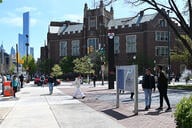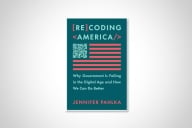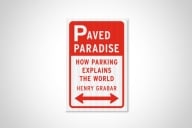You have /5 articles left.
Sign up for a free account or log in.
The headlines about the enrollment booms at community colleges are accurate, as far as they go. But I realized yesterday that they leave out part of the story.
Locally, our credit-bearing programs are bursting at the seams. The library is literally standing-room-only at peak hours; veteran staff tell me they've never seen that before. English as a Second Language is through the roof.
But our non-credit courses are dramatically down. The profit-making classes -- pottery, French for travel, that sort of thing -- are cratering. Contract training for local employers is also down. The only increases are in the money-losing pro bono area of adult basic education. (ABE is sort of a pre-remedial track. Think 'basic literacy,' as opposed to 'developmental writing.')
Over the years, we've used the profit-making courses to pay for the pro bono stuff. But with the Great Recession making itself felt ever more strongly, the folks who used to take classes like 'wine appreciation' are finding them relatively easy to skip. And companies that are struggling to stay afloat find it easier to eliminate training than to do other cuts.
Annoyingly enough, we don't even get the minor compensating benefit of easier parking for everyone else, since the non-credit courses typically run during off-peak hours and/or offsite.
A decline in revenues from personal enrichment classes isn't a huge crisis, since they were never a huge part of the budget. But every little bit helps (or hurts), and the difference with the credit programs is striking. The personal enrichment courses have historically been our connection to the 'affluent adult' market, which is small but politically important. Meanwhile, the student body on the for-credit side gets progressively younger and more non-white. I'd like to think that won't matter politically, but history isn't encouraging on that front.
So yes, our enrollments are up, but it's a bit more complicated than that.



